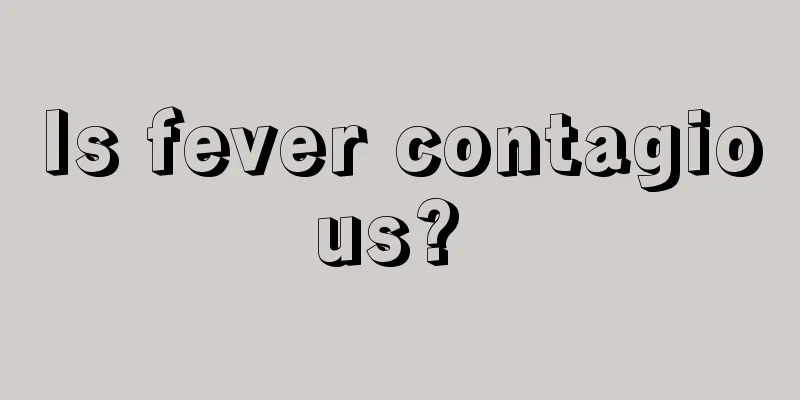What is biological immunotherapy

|
Biological immunotherapy is a type of tumor treatment method. Through this treatment method, the body's immune function is enhanced, tumor cells are eliminated or inhibited, thereby achieving the purpose of treatment. Biological immunotherapy generally has significant therapeutic effects, relatively few side effects, and is more easily accepted by patients. So, what are the effects of biological immunotherapy? 1. Discovery of killer immune cells In the 1960s, scientists made it clear that cellular immunity, rather than humoral immunity, plays the most important role in anti-tumor treatment, thus laying the foundation for tumor immune cell therapy. Researchers have discovered that there are naturally existing cells with killing capabilities in the human immune system, such as LAK, NK, TIL, CIK, etc., which can be obtained through peripheral blood and induced to culture in vitro. When expanded to a certain number, they are returned to the patient's body in order to achieve the purpose of treating the tumor. However, since these cells are not targeted, the cell-killing effect after reinfusion cannot be fully exerted on tumor cells, and the treatment efficiency is very low. In addition, in order to maintain the activity of these cells, a large amount of cytokines need to be mixed and re-infused. Although some tumor cells are eliminated, it will also cause serious damage to the patient's body. From the initial LAK cell therapy to the later CIK cell therapy, both have been gradually eliminated by the medical community due to their lack of precision and safety. 2. DC cells install navigation for immune cells In order to enable these killer cells to act on tumor cells without killing other cells, scientists have found a type of cell that can give instructions to these cells - dendritic cells (DC cells), and "hand over" relevant information about tumor antigens to DC cells, allowing DC cells to take this group of killer cells back to the patient's body, hoping that under the guidance of DC cells, the tumor can be completely eliminated - this is the DC-CIK treatment technology. Because this technology has a certain degree of targeting on tumor cells, the killing effect of CIK cells is significantly enhanced, but the clinical treatment effect is still limited. This is because what is delivered to DC cells are often tumor-associated antigens, which exist not only on tumor cells but also on normal cells, making the targeted treatment still not precise enough. This will not only disperse the "firepower" of the killer cells, but also cause damage to some normal cells. At the same time, DC-CIK therapy still cannot avoid the side effects of cytokines. 3. Gene modification strengthens the “firepower” of cell therapy As the research deepened, it was discovered that among a group of killer cells, T cells are the main cells involved in killing tumor cells. Therefore, scientists began to regard T cells as the most important weapon in fighting tumors. This can avoid the use of large amounts of cytokines and greatly reduce the side effects of treatment for patients. With the emergence of genetic technology, scientists thought of using genetic modification technology to help T cells directly acquire the ability to recognize tumor cells, and thus TCR-T technology and CAR-T technology were born. The former involves genetically modifying the protein on T cells that specifically contacts and identifies tumor cells. The latter involves adding a ligand gene fragment of a related antigen (CD19) on B cells to T cells through genetic technology. Although the modified T cells have very strong recognition and attack capabilities, they are limited by tumor-associated antigens and can only play a role in the field of blood tumors. On the other hand, since both technologies genetically modify autologous T cells, and genetic modification requires the participation of viruses, in addition to easily triggering dangerous immune factor storms, it also poses the hidden danger of exogenous genes. Therefore, the safety of TCR-T technology and CAR-T technology has been controversial for a long time. 4. Discovering a way to block tumor "escape" pathways With the clinical application and development of immune cell therapy technology, scientists have discovered that in addition to solving the problem of the human immune system's insufficient anti-tumor ability, they also need to solve the problem of tumors' inhibition of immune cells. Tumor cells will use the activation of immune checkpoint pathways to inhibit the immune cells' ability to recognize and kill them, thereby achieving immune escape. One of the most important pathways is the PD-1/PD-L1 pathway, so PD-1/PD-L1 monoclonal antibody drugs came into being. The function of monoclonal antibody drugs is to block the pathway of tumor immune escape, relieve immunosuppression, and restore the immune system's ability to recognize and kill tumor cells. Although the drug has significant therapeutic effects, since it is an exogenous substance supplement, there are still problems such as the inability to establish long-term immunity, the emergence of drug resistance, and easy to cause side effects of treatment. 5. Safe + long-lasting + precise immune cell therapy The success of PD-1/PD-L1 monoclonal antibody drugs has opened up new ideas for tumor immune cell therapy. Guided by the immune checkpoint concept, the Noris Comprehensive Cancer Center of the University of Southern California and the Baylor College of Medicine developed a new tumor vaccine (iPD-L1-Vax). This vaccine loads the PD-L1 antigen protein onto DC cells in vitro and then infuses it back into the patient's body, using the powerful antigen signal transduction ability of DC cells to activate B cells to produce anti-PD-L1 antibodies, blocking the escape pathway of tumor cells (the effect is the same as that of PD-L1 monoclonal antibody drugs). In addition, the signals transmitted by DC cells can also activate T cell proliferation and produce more T cells with tumor-killing ability. At the same time, B cells and T cells will produce memory B cells and memory T cells respectively during the activation process, so that these two cells can remember the information about the tumor. Once new tumor cells are about to move, they will immediately activate and eliminate the tumor cells in the bud. The combined use of DC cell technology and immune checkpoint technology can help the body restore anti-tumor immunity more safely and lastingly. |
<<: Where should I cup my arm when it hurts
>>: What is the normal number of red blood cells in a urine test?
Recommend
How to remove flat warts, try this trick
Modern people love beauty. They may have greasy h...
How should I relax my facial muscles?
After a whole day of hard work, your face will in...
Cheeks are sore near the ears
If you feel soreness in your cheeks near your ear...
How to prevent bladder cancer recurrence
Bladder cancer is a disease that people are famil...
What to do if laryngeal cancer has lymph node metastasis
Laryngeal cancer lymph node metastasis is often s...
Barley and pear porridge
Pear is a common fruit in our lives. It is loved ...
What should we do to prevent pancreatic cancer
Pancreatic cancer seriously endangers people'...
Can I walk after a pelvic fracture?
The human body's skeletal structure is very c...
What are the types of rhinoplasty?
Before choosing rhinoplasty surgery, you must con...
What method should be chosen for the treatment of early liver cancer? This method is recommended for the treatment of early liver cancer
Liver cancer is the result of the synergistic eff...
How should liver cancer patients eat? What are the causes of liver cancer?
In addition to hepatitis B and C, many bad eating...
Genital viral herpes usually has these symptoms
Many people know about viruses, but they don’t kn...
Can I get pregnant 4 years after bone cancer is cured
Bone tumors are tumors that occur in bones or the...
How to care after lymphoma surgery
In clinical practice, lymphoma patients should no...
What does a mole on the chest mean
It is common to see women with moles on their che...









